

Chemical treatments are increasingly being banned across the planet thanks to the increased awareness of people. Growing “organic” vegetables has become mainstream, much more today than the fad it once was. Just as organic greengrocers are commanding more and more clients, we simple gardeners also strive to convert our own vegetable patches to organic growing.
Here are our tips to get started on your organic vegetable patch!
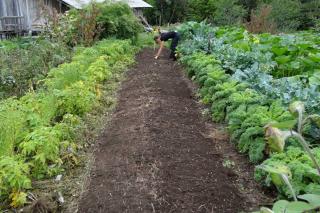
Most plant species require full sun. If you can, favor a garden plot that faces South for the Northern hemisphere or North for the Southern hemisphere. West is also good since it will always get strong afternoon sun. Keep a smaller portion of land in a shaded area, since some vegetables prefer cool shade instead. This includes spinach, lettuce and radish.
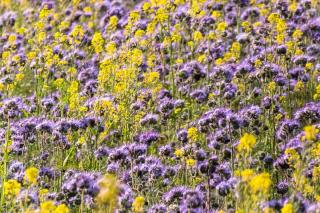
Other options include manure or green fertilizer. This works because some plants have the capacity to release nutrients into the soil: these are called “green manure”. Depending on the type of plants, it might be nitrogen, potassium or phosphorus. Moreover, they help structure the soil, breaking up clumps. And cutting them back provides for a very healthy mulch. In Spring, you’d sow Phacelia, white mustard or vetch, whereas come Fall, you’d go for clover or sainfoin for instance.
Another key trick is to swap your spade out for a broadfork! It’ll dramatically increase soil life and fertility.
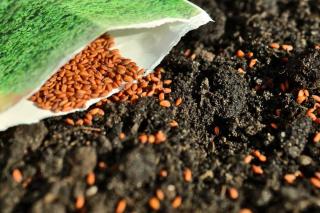
What’s best is to buy both organic AND heirloom seeds. This means that you can collect seeds from your own harvest year after year without needing to purchase new ones every year! Since each generation of plants adapts more and more to your own garden environment, they’ll get better and better at fighting off parasites as time goes on.
Non-fertile seeds are usually hybrids that result from the cross-pollination of two species. It’s easy to avoid them: in their name or label, the “F1 hybrid” code appears.
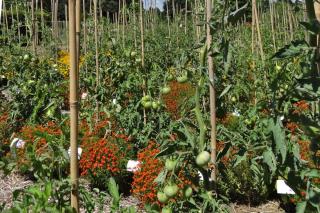
The reverse is also true: leek will trigger more growth for celery, and will repel some of the pests that usually attack carrot. The carrot itself appears in a great many companion plant combinations. For instance, it also pairs very will with strawberry since it repels mites and keeps fungus away. Strawberry, on the other hand, will stimulate the growth of garlic!
There are a great many beneficial plant combinations in the vegetable patch. Read up about each plant you’re hoping to grow, it surely has a cohort of friends that will make growing it easier – but also enemies that will make growing it more difficult!
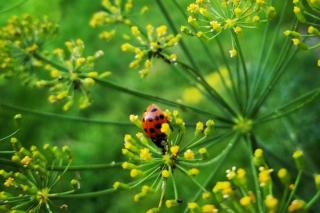
You’ll have to dig deeper to learn more about each specific vegetable plant, but here are a few overarching guidelines:
If pests still emerge, try out various types of mechanical traps, natural predators, organic treatments (made with soft soap), pheromone traps, plants that repel or attract pests…